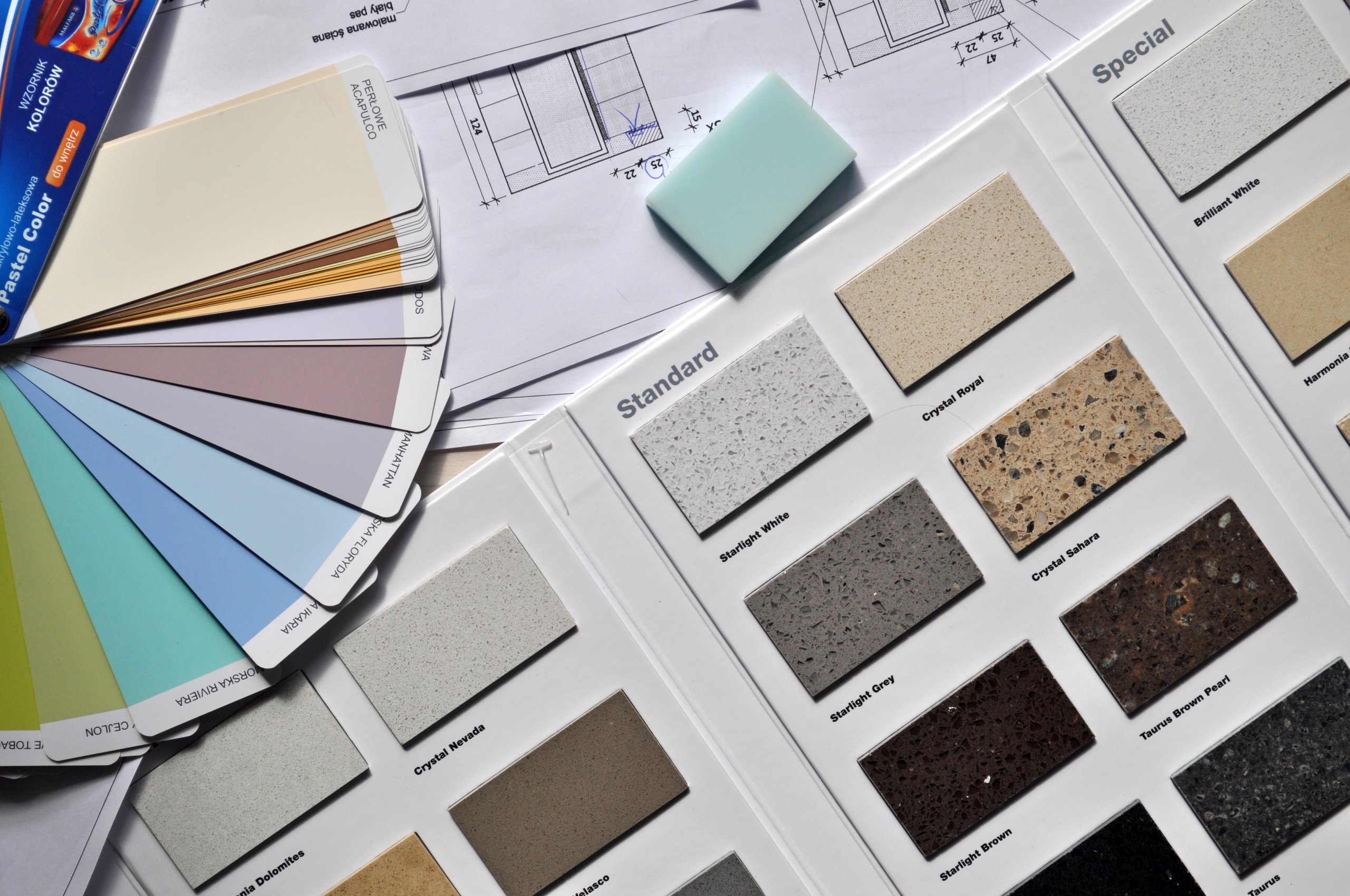May 11th, 2020
The tile industry has made enormous advances in technology over the last two decades. The array of colors, styles, and effects can be dizzying. Technology can now replicate the look of concrete, textiles, wood, natural stone, or burnished metals. Or you can choose charming mosaics or classic subway tile (or not-so-classic variations of the traditional subway). Tile is a man-made product that harnesses the beauty of nature. The possibilities are endless.
Tile can be expensive, no doubt, but, it is one of the best investments you can make in your home. It is also one of the more permanent style choices. This guide will help you choose tile for your small bathroom that you will love for years to come.
Planning makes perfect
Before you embark on your tile selection process, sit down and make decisions on your budget, style, and space. Do you live in a 50’s bungalow or a contemporary open concept home? What kind of budget do you anticipate to spend? What are you willing to spend more on? If you don’t know your taupe from a tender beige, or your unsure on any of the previous questions, you might consider hiring a professional designer.
While it’s an extra expense, a professional interior designer can help develop a layout and palette that you will love, even when the hottest color trends cool. The detailed eye of a professional designer will help to keep you’re choices on style point and also on budget! Professionals also may have additional resources and a plethora of ideas to help your dream space come true.
Don’t come up short
Remember the old adage “measure twice, cut once”? It definitely applies with tile. You will want to make sure that you have accurately measured your space. There are many reasons for this, but the most important one is you don’t want to come up short on tile. If you run short, even if the tile is stock item from your local distributor, you could end up with a different dye lot, which can create obvious color differences between pieces. Worst case scenario, they could run out and not be able to obtain any more.
When measuring a wall or floor surface, measure length and width of the room, then multiply. So, a simple room that is 10′ x 12′ would equal 120 square feet. However, if your space has alcoves, curves, corners, or other tricky spaces, break it up into multiple areas to determine your square footage. Again, this is where a designer can help you immensely.
It is recommended to purchase a minimum of 15% more of your overall square footage. You will need to cut pieces to fit small or odd spaces, and the scrap may not fit anywhere else, causing waste. Tile is one of those rare occasions where more really is more. Ordering extra tile ensures that if you chip, crack, or cut wrong, there is still enough to finish the job. It is also recommended to keep excess tile after a job is complete should you ever need to repair a tile in the future. The life cycle of tile is usually about three years, which only becomes shorter the more printing and manufacturing technology improves. That means, the tile you purchase is not indefinitely available. Even if the original tile is still available, its original dye lot may not be, and new tile from the same collection will not match your original tile.
You get what you pay for
Just like anything, there are different qualities of tile. Because of the lasting quality of tile, you will likely not be renovating the space again in the near future. You want to look for premium quality tile that will maintain its allure and integrity for the long haul. Generally speaking, independent distributors are your best bet for high-quality tile that will last a lifetime, whereas big box stores only show the cheapest, low-quality options. Skip the big box store and work with local distributors that strive to provide quality products and service. Visiting a local showroom gives you the opportunity to talk to a experienced consultant that can help you select the best quality tile for your project.
Dobkin Tile & Stone offers five Michigan locations to serve your needs in Farmington Hills, Saginaw, Shelby Township, Troy, and Wyoming. See our location page for directions, phone numbers, email addresses, and hours of operation.
